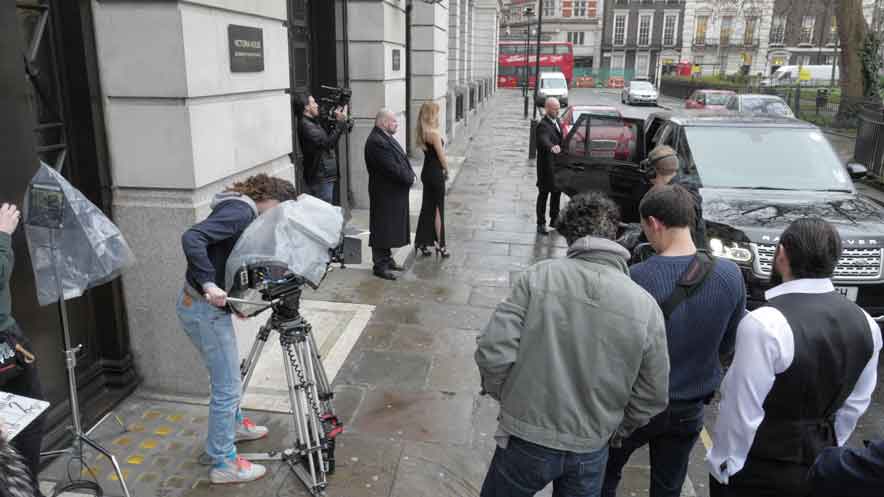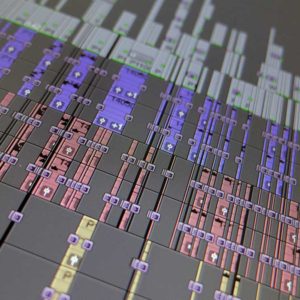Explaining the process of working as a freelance data wrangler on a one-day film production as a short case study.

Managing digital camera file-based media
Managing, spot-checking, and backing up large quantities of digital media files on a film set or shoot is generally now the responsibility of either a freelance Data Wrangler or a Digital Image Technician—DIT for short. With many years of experience accurately managing and manipulating large quantities of broadcast-standard digital media as an editor and a cameraman, my skills are ideally suited for these roles. I recently spent the day as a DIT on a drama shoot at Bloomsbury Ballroom in London for Tunic Media.
Pre-shoot checks
Ahead of the shoot I spoke with the director and found out more about the shoot and what cameras were going to being used. This enabled me to check my software, data-transfer rates and workflow compatibility. I also took the opportunity to update my Avid Media Composer codecs that might be required for any possible editing either on set or afterwards. I learnt that the film was going to be shot on two different cameras. One camera was an Arri Alexa which was filming 1920 x 1080 on SxS cards. These SxS cards could be read and copied via an SxS card reader. The second camera being used was a Red Epic Dragon which can shoot up to 6K onto Redmag (SSD) modules. I checked and saw that the Redstation Redmag Mini offloads media via either a FireWire 800 or USB 3 connection so I knew I was going to be able to transfer the media on the day.
Updating software
Before the shoot, I downloaded and installed the software application recommended to me called ‘Double Data’. This software supports a wide range of professional cameras and media whilst allowing for two copies to be backed up simultaneously. The software accurately checks each file transfer with a checksum and notifies you should any problems arise. I also installed Redcine-X Professional which is a software application that allows you to open up the Red digital media to spot check it and also to apply any colour correction or LUT’s if required.
Filming day
For the shoot, I packed my MacPro along with my NEC 24 inch monitor and media storage. After arriving at the location I set my workstation up in a secure room away from the film set. I decided not to take my Thunderbolt RAID 5 drive as it was only a one-day shoot and I knew I would be able to manage the data with the USB 3 data transfer speed.
Managing camera cards
It was interesting to be on set and watch the days directing, filming and acting unfold. A highlight was seeing how the Red Epic Dragon was being used in conjunction with a MOVI handheld stabiliser. The 1st AD’s each passed me their camera media cards once they were full. I then took the camera cards to my workstation and backed up the media onto the drives. I placed the camera card to be copied on the left side of the workstation and moved the copied cards onto the far right side of the workstation. This ensured that all the numbered cards would be copied and prevented any potential problems. During the day I spot-checked some of the camera files to make sure that the recording looked good and that no obvious camera faults were apparent. I also cloned the existing media drive that I had already copied the camera files onto. Once every camera file was backed up twice I was able to release the used camera cards for further filming.
Backing -up the media
After filming had finished I also created a back up of the sound recordists data card onto each of the two drives. The end result of the day was two hard drive copies of all the filmed media and sound files ready for the post-production edit. If you would like any help managing your camera media on your film or video production or would like to hire my services as a freelance data wrangler please get in touch. You might find some of these related articles interesting.
For more advice and tips check out my video production blog.
Videography how to learn
Resolving video audio sync problems



